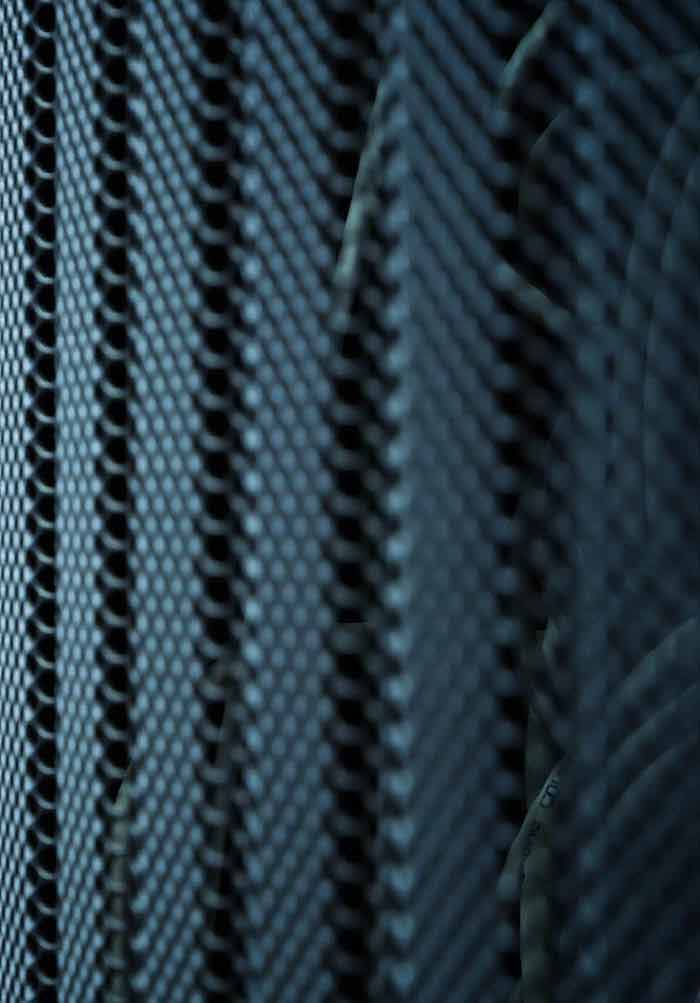

A data-driven simulation of various nonlinear materials under finite deformation will be demonstrated.īio: J.S. A recent effort finds its new application in pixel-based data-driven computing, where the employment of smooth interpolants in an unstructured discretization can be utilized to reconstruct the local data manifold in a convex hull based on nearest neighbor material points to yield a better conditioned reduced-dimension data-driven optimization system for enhanced accuracy and robustness against noise and outliers in data sets. These unique properties have expanded the horizon of computational mechanics and scientific computing applications well beyond what the mesh-based computational methods can offer such as modeling of man-made and natural disasters. Meshfree methods such as the Reproducing Kernel Particle Method (RKPM) offer arbitrary orders of continuities/discontinuities and locality in approximation while allowing straightforward model refinement and physics-specific solution enrichment. Meshfree collocation methods have undergone significant development, which also offer a truly meshfree solution. For instance, the need for high-order quadrature and background grid has been circumvented, making it possible to eliminate the need for a mesh entirely. This presentation will give an overview of major progresses made in the field, the application to many challenging engineering mechanics problems, and the future directions of this research area.Abstract: In the past two decades, meshfree methods have emerged into a new class of computational methods with considerable success. Meshfree collocation methods have also undergone significant development, which also offer a truly meshfree solution. Given the proper treatment, nodal integration can be made accurate and free of spatial instability, making it possible to eliminate the need for a mesh entirely.

For instance, essential boundary conditions are almost trivial to enforce by employing the techniques now available, and the need for high order quadrature has been circumvented with the development of advanced techniques, essentially eliminating the previously existing bottleneck of computational expense in meshfree methods. In addition, a significant amount of progress has been made in addressing the major shortcomings that were present in these methods at the early stages of their development. Structural Engineering & Center for Extreme Events Research, University of California, San DiegoĪBSTRACT: In the past two decades, meshfree methods have emerged into a new class of computational methods with considerable success.


 0 kommentar(er)
0 kommentar(er)
